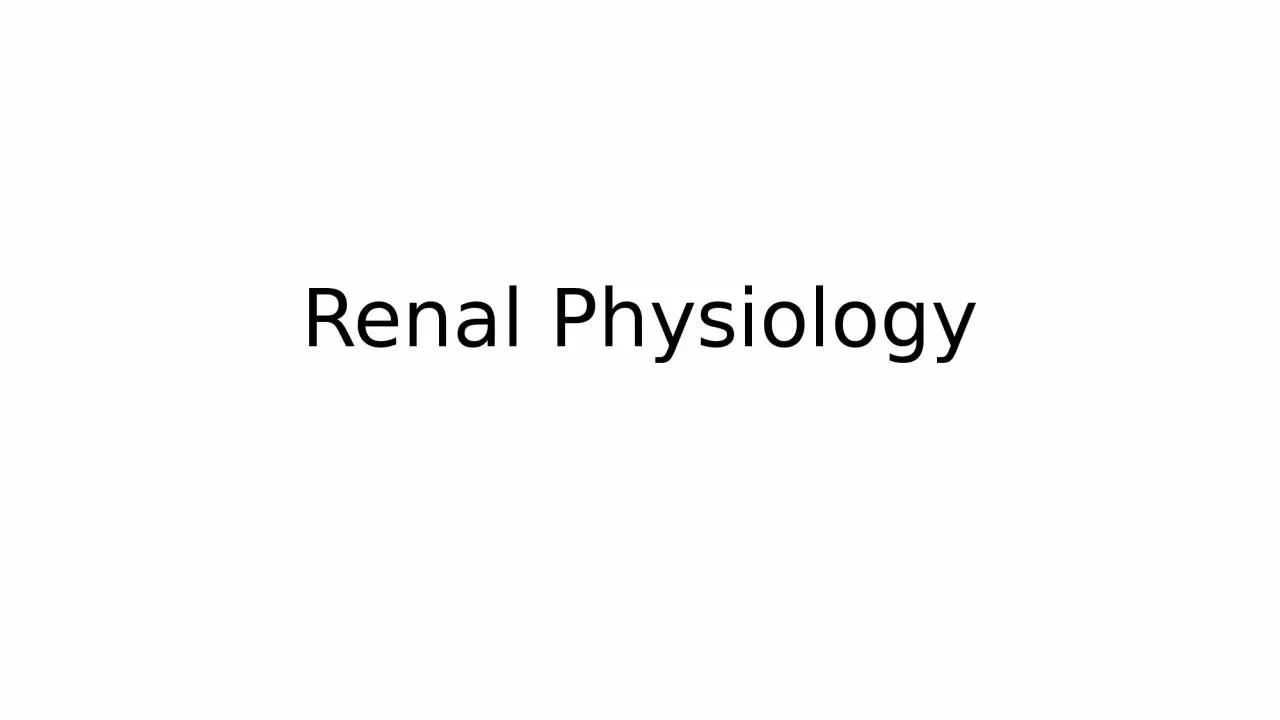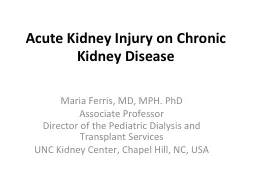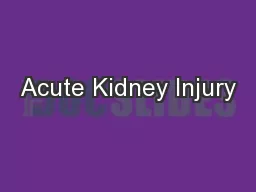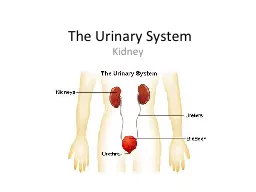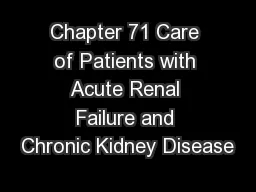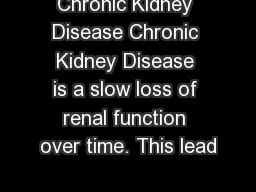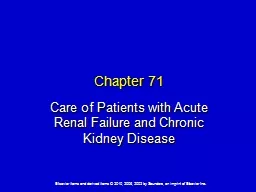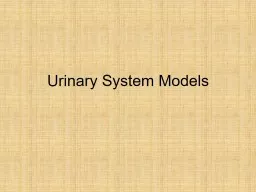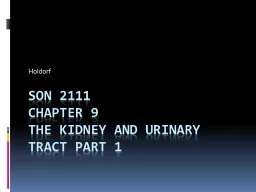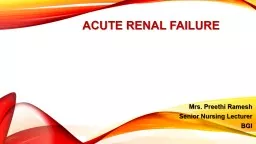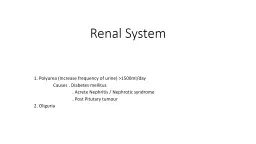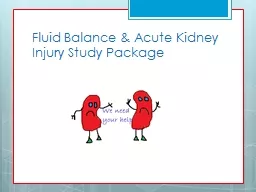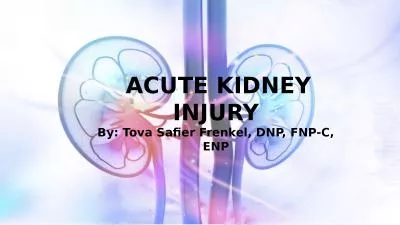PPT-Renal Physiology Overview role of the kidney
Author : cora | Published Date : 2023-11-17
Remove metabolic products toxins and acid Removal of non volatile acids lactate sulphuric phosphate acetoacetate beta hydroxybutyrate toxins Salt balance Water balance
Presentation Embed Code
Download Presentation
Download Presentation The PPT/PDF document "Renal Physiology Overview role of the ki..." is the property of its rightful owner. Permission is granted to download and print the materials on this website for personal, non-commercial use only, and to display it on your personal computer provided you do not modify the materials and that you retain all copyright notices contained in the materials. By downloading content from our website, you accept the terms of this agreement.
Renal Physiology Overview role of the kidney: Transcript
Download Rules Of Document
"Renal Physiology Overview role of the kidney"The content belongs to its owner. You may download and print it for personal use, without modification, and keep all copyright notices. By downloading, you agree to these terms.
Related Documents

